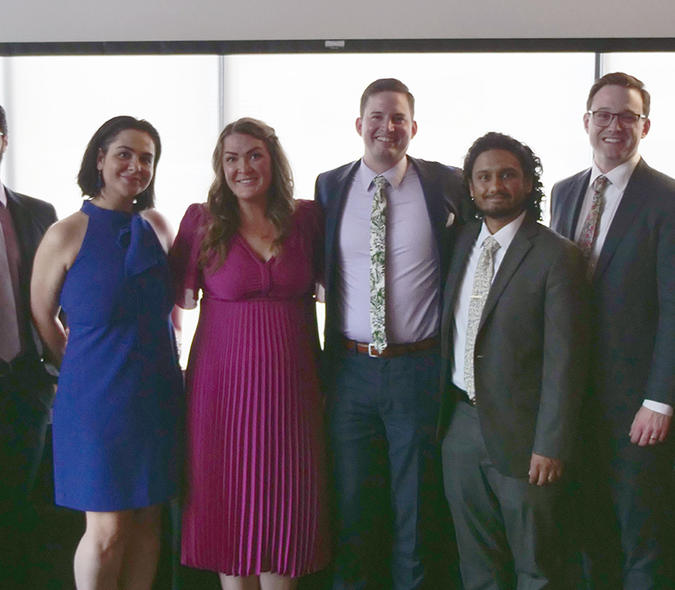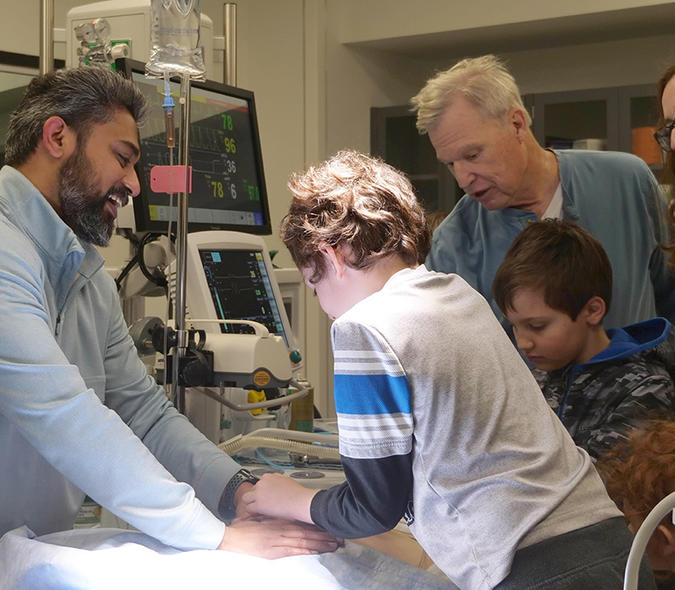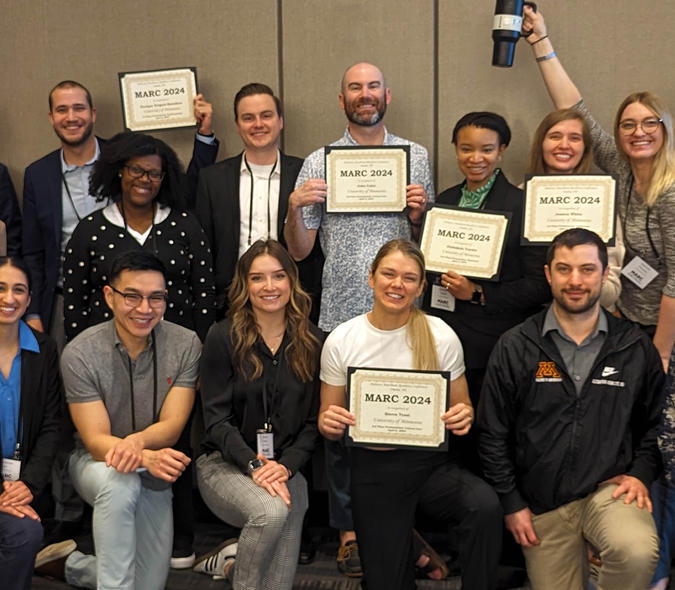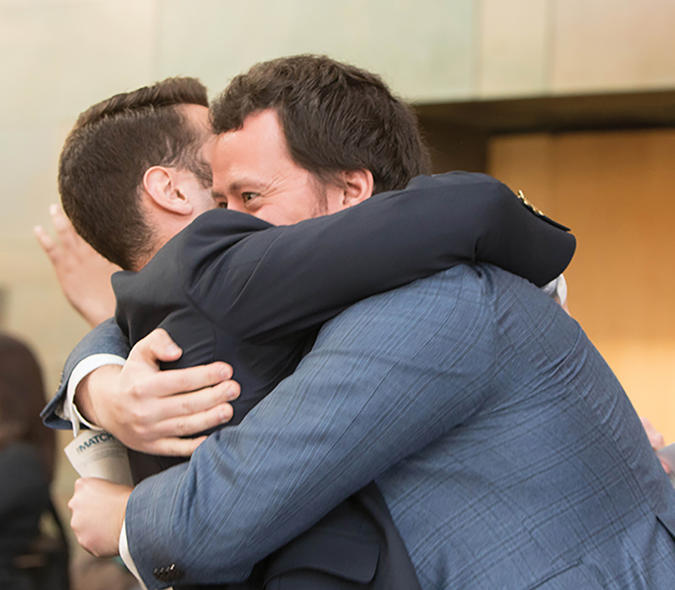Dr. Tjorvi Perry Awarded Grant to Create Virtual and Augmented Reality Learning
University of Minnesota Medical School Department of Anesthesiology Associate Professor and Chief of the Cardiothoracic Anesthesia Division, Tjorvi E Perry, MD, MMSc, was awarded an Academic Investment Education Program (AIEP) grant for Mixed Realities for Enhanced Training of Medical Students, Residents, Fellows and Faculty: An Integrated, Immersive, and Interactive Platform for Learning About the Heart. The grant will enhance learning opportunities by using virtual and augmented reality in order to teach about the heart. This will be done through creating a virtual environment, where any learner, from medical students all the way to faculty members, will be able to practice certain situations and learn various skills before having to step into a real-life operating room.
“It so happens to be about the heart right now, because my colleagues and I care for patients with heart disease.But we hope to create this kind of virtual environment as it relates to any organ system,” Dr. Perry said.
The proposal for the grant stemmed from Dr. Perry’s growing involvement in teaching. He began to understand that people have the opportunity to learn differently today, and even more efficiently by using Youtube or other online platforms.
“The days of having to go to a classroom and listen to a professor who is going through slides are gone,” Dr. Perry explained. “Medical school students are learning in different ways, so I think we have to meet their needs and offer them opportunities that support their learning styles.”
To fully implement this, there is a collaboration between the Visible Heart Lab, Department of Anesthesiology, and specialists in surgery, intensive care, medicine, bioengineering, engineering and physiology. This collaboration is essential to achieving three specific aims of the grant, including developing meaningful scenarios for students at different levels.
“What is a meaningful and appropriate scenario for a medical school student versus a resident versus a fellow versus a faculty member, is different, and these scenarios can become very longitudinal. For example, throughout the career of one student, they will be able to take care of one specific patient within the software program for years,” Dr. Perry explained.
Over the course of this three-year, $350,000 grant, Dr.Perry will workwith collaborators to create these learning scenarios. The second component of the grant is to develop the software and the third, to eventually test the program itself to understand the effects of this new technological-based learning.
“It is exciting and it’s really nice to know you work in a place that actively supports and values something like this. By awarding us this, it says a lot about where the Medical School wants to go,” Dr. Perry said.



